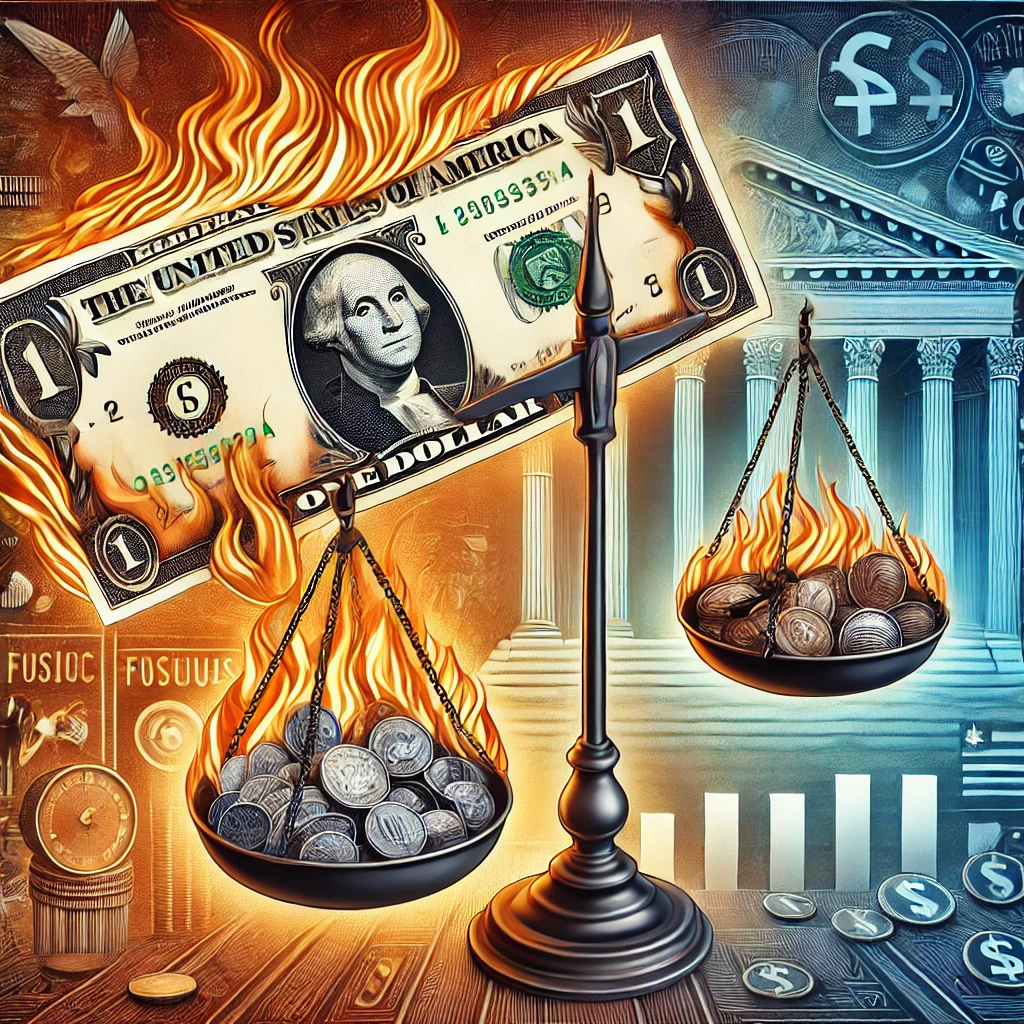Inflation is one of those economic terms that often gets boiled down to a single, simplified idea: rising prices. While that’s partly true, President Ronald Reagan recognized something much deeper and more insidious about inflation—it wasn’t just about higher costs for goods and services. For Reagan, inflation was fundamentally about the reduction in the value of money. His presidency illuminated the broader impacts of this misunderstood phenomenon and offered lessons that remain relevant today.
Inflation: More Than Meets the Eye
When most people hear the term “inflation,” they think of paying more at the grocery store or gas pump. But inflation isn’t just about what we spend; it’s about what our money is worth. Reagan famously described inflation as being as “violent as a mugger, as frightening as an armed robber, and as deadly as a hit man.”
This vivid language wasn’t hyperbole—it was an attempt to shift public perception. Inflation erodes the purchasing power of individuals, meaning that even though you might earn the same salary, your ability to afford the same lifestyle diminishes. The root cause, Reagan believed, often lay in government borrowing and unchecked money printing, which flooded the economy with devalued currency.
Borrowing and Printing: The Government’s Role
During his presidency in the 1980s, Reagan faced a nation grappling with soaring inflation rates. One of the key drivers of this crisis was the government’s tendency to borrow beyond its means or simply print more money to fund deficits. When governments take these actions, they introduce more currency into circulation without a corresponding increase in economic productivity. The result? The value of each dollar declines.
Reagan’s administration worked tirelessly to address this by advocating for policies aimed at reducing government spending, controlling monetary supply, and fostering economic growth.
The Human Cost of Inflation
For everyday Americans, inflation meant shrinking savings and uncertainty. Families who had worked hard to save for their future suddenly found that their nest eggs couldn’t stretch as far as they’d planned. Fixed-income retirees saw their purchasing power dwindle, and small businesses struggled as costs skyrocketed while consumer confidence plummeted.
Reagan’s rhetoric often portrayed inflation as more than just an economic issue—it was a moral issue. He believed that reckless fiscal policies robbed citizens of the value of their labor and savings, placing an unfair burden on those least able to adapt.
Lessons for Today
Fast-forward to the present day, and Reagan’s warnings feel remarkably prescient. Governments worldwide continue to grapple with inflationary pressures, often resorting to borrowing or printing money during economic crises. While such measures may offer short-term relief, the long-term consequences can be devastating.
Here are key takeaways from Reagan’s approach:
- Focus on Productivity: Economic growth should stem from innovation and productivity, not artificial boosts from printing money.
- Fiscal Discipline: Governments must manage their budgets responsibly, resisting the temptation to spend beyond their means.
- Transparency in Policy: Clear communication about the causes and solutions to inflation can help build public trust and prevent panic.
A Timeless Reminder
President Reagan’s framing of inflation as more than just “high prices” but as the devaluation of money is a reminder that language shapes how we understand economic realities. Today, as we navigate fluctuating inflation rates and economic uncertainty, his words encourage us to look beyond surface-level explanations and demand accountability from those in power.
Inflation isn’t just an economic statistic; it’s a reflection of national priorities. Reagan taught us that by valuing fiscal discipline and honest governance, we can protect the value of our money—and the trust of the people.
